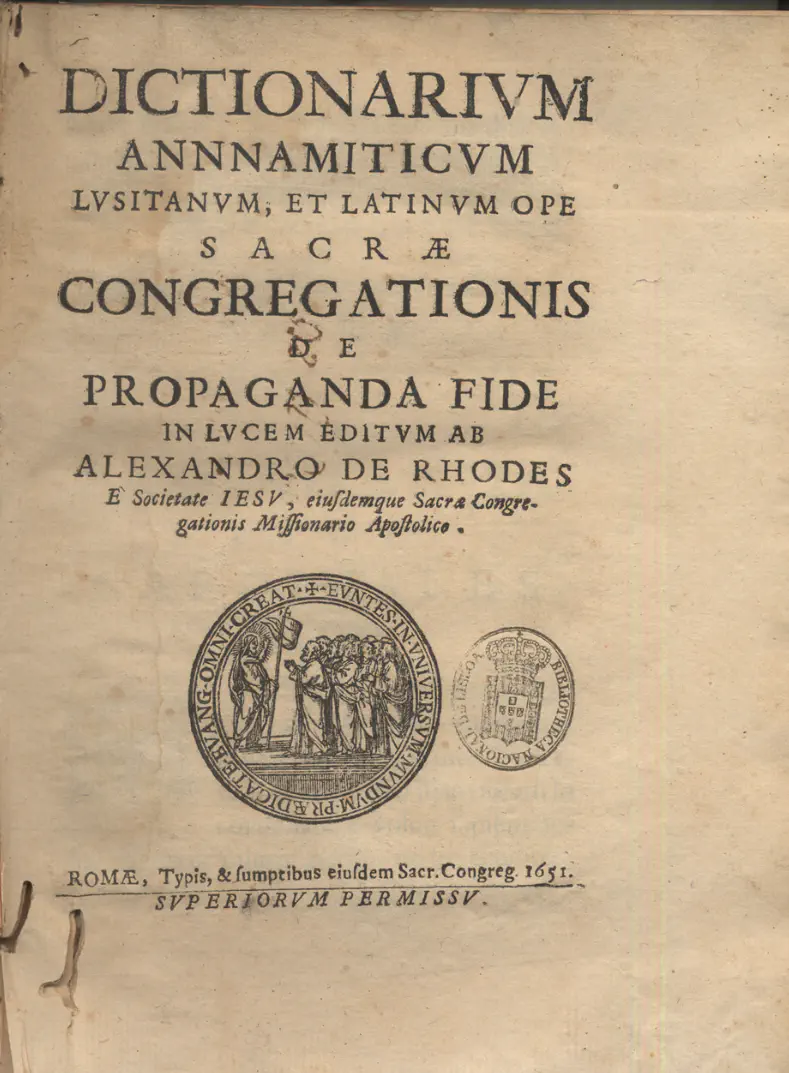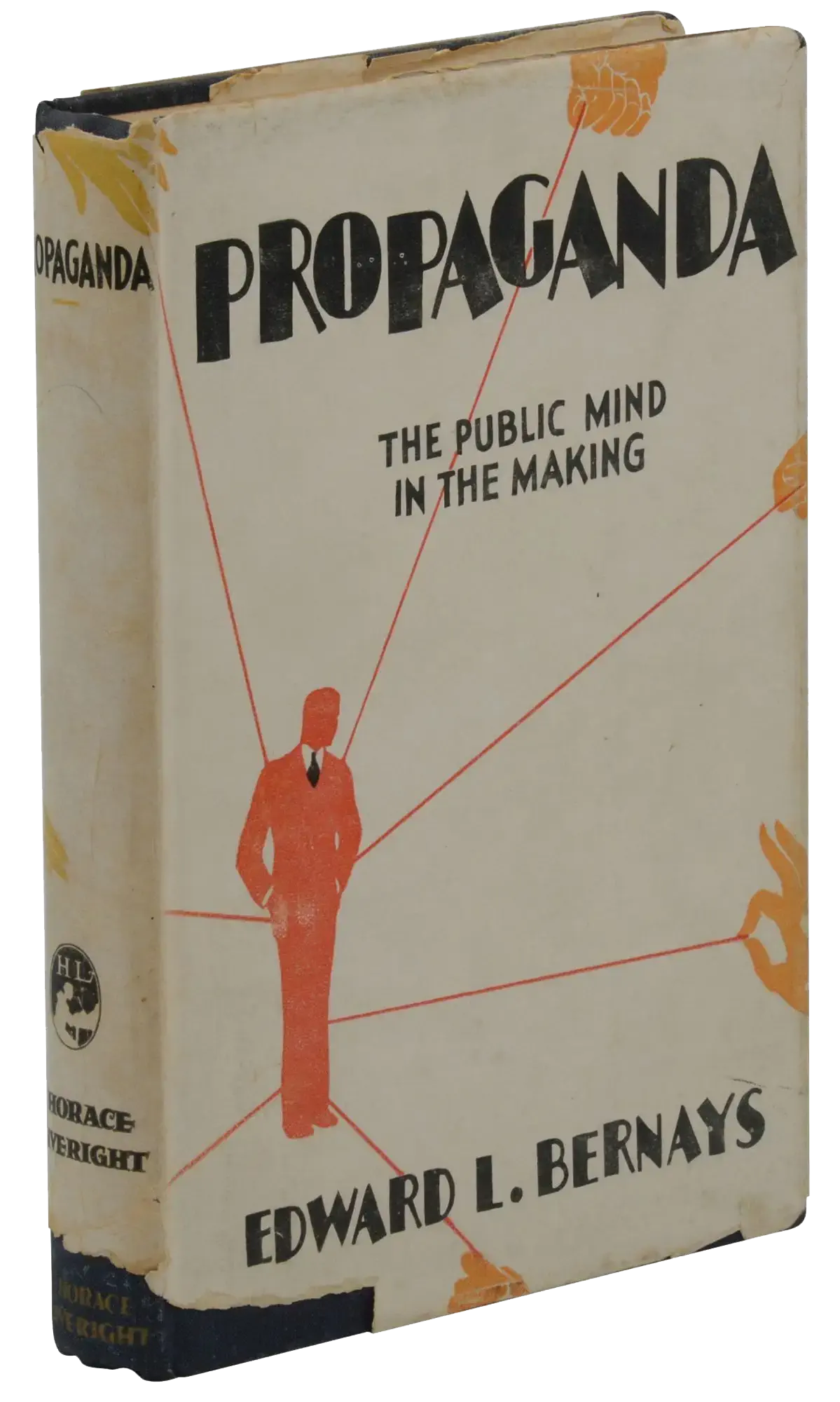The origin story of propaganda
Series: The history of modern technical propaganda
25th of February, 2024
The concept of propaganda – as we think of it today – originated much earlier than the industrialization era. It began with the formation of a literate society and the invention of the printing press. Dissemination of information became exponentially more scalable thanks to early publishing technologies, which enabled the priviledged to influence the literate by broadcasting their opinions through the written form.
But what is the origin of the term itself, propaganda?
Propaganda, derived from propagation and to propagate, was first coined in 1622 by Pope Gregory XV. At the time, the Roman Catholic Church and Holy Roman Empire were alarmed by the spread of support for the Protestant Union and Protestantism. To help combat the spread of Protestantism, the Pope provided funding to the Holy Roman Empire and the Catholic League to create a governmental Office of the Propagation of the Faith (Congregatio de propaganda fide).1

The office of propaganda was created during one of the most violent conflicts in European history – the Thirty Years’ War.2 Propaganda of the era was highly orchestrated, from on-site evangelism, to the publishing of various works such as the translations of religion artefacts. The propaganda office was extremely well organized, and produced works of high production value, a trait that would follow propaganda through the centuries.
It’s important to note that the propaganda office was created for a specific reason, to propagate a religion across many different regions of the world. Therefore, the office of propaganda had a process in place to measure success, like a very early form of key performance indicators (KPIs). Below is a brief description of this process.
On 31 August 1694 a bundle of documents was presented to the Roman Congregation De Propaganda Fide. From 1622 onwards this congregation had the authority to oversee mission activity where no established Church hierarchy existed, as was the case in the Middle East. Among these documents were letters written by the Guardian of the Custody of the Holy Land of Jerusalem in 1692–1693. In them, the Father Guardian proudly described the tireless proselytizing of the monks in the Ottoman district of Jerusalem and extolled their achievements. After listing the Catholics who lived in Bethlehem he described the spread of Catholicism in the villages nearby. He wrote that from 1676 to 1692 in the village of Bayt Jālā (‘Botticella’) forty-five Greeks converted to Catholicism. He added that in Bayt Saḥūr (‘Villaggio delli pastori di Betelemme’) between 1691 and 1692, ten families converted, raising the number of the small Catholic community to sixty ‘souls’.3
Based on historical records, the most important KPI of the propaganda office appears to be measured by conversions to Catholicism from another religion, or “souls converted”. In this era, virtually no member of society would have been devoid of a pre-existing spiritual belief system, so we can safely infer that the office expected everyone they interacted with would need to disavow their current faith before adopting Catholicism.
The forces of instruction and indoctrination
I will introduce a conjecture: the environment in which propaganda flourishes is when an organization is so focused on achieving an objective, that the methods used to achieve the objective are not held to a high ethical standard. Myopic focus on an objective introduces tremendous incentive to achieve it by any means possible, rather than any ethical means possible.
Therefore, let’s think of propaganda as the biased, unethical twin of education; it’s indoctrination that masks itself as instruction. Truths are shared as a byproduct of the masking process, but the sharing of truth is not the goal.
Where education exists to educate society based on accepted facts and evidence, propaganda exists to further an agenda, as measured by a specific and secretive series of KPIs such as “souls converted”. Propaganda is the propagation of an agenda, whereas education is the propagation of knowledge to create an intellectual environment for the benefit of a community. Education permits learners to draw their own conclusions, whereas propaganda propagates the conclusion itself. Education is instruction. Propaganda is indoctrination. With this definition in mind, not all education is education, but many mislabel the education they dislike or disagree with as propaganda. It’s a complex and loaded term, one that carries 400 years of history with it. The fact that it’s difficult to discuss makes it even more important to discuss.
The evolution of propaganda
How does the propaganda of the 1600s relate to the public relations of the late 1800s and early 1900s?
In 1928, Edward Bernays wrote his seminal book Propaganda. In this book, he quoted the word propaganda as it was defined in the Funk and Wagnalls Dictionary4 of the 1920s era as follows:
- “A society of cardinals, the overseers of foreign missions; also, the College of Propaganda at Rome founded by Pope Urban VIII in 1627 for education of missionary priests; Sacred College de Propaganda Fide.”
- “Hence, any institution or scheme for propagating a doctrine or system.”
- “Effort directed systematically toward the gaining of public support for an opinion or a course of action.”
- “The principles advanced by a propaganda.”

This is interesting. From the 1600s when the term propaganda was first coined, to the early 1900s, the word propaganda was not considered a pejorative term. It simply described activities of communication to gain influence, activities that are commonplace today in the corporate world. Let’s think of the definition we just read:
- Propaganda is a systematic approach to gaining public support
- Propaganda is the propagation of a doctrine or a system
- Propaganda is the propagation of (first) principles
We should pay close attention to these original definitions of propaganda. This will become important as we explore how this early propaganda – a very straightforward practice that blossomed from a literate society and the invention of the printing press – transformed into one of the most vilified words and activities in modern society. We will also discuss how practices of propaganda are alive and well in a professional context, but go by much different terms.
Continue reading
If we look back on the electrical current wars, we can see that the “war” was really a systematic approach by the Edison Company to gain public support. It so happens that the Edison Company’s approach of disinformation worked so well that it became public belief that AC was generally dangerous and unreliable, and DC was generally safe and reliable.
Sensing that they were losing general support for AC, the Westinghouse Company went on to form the first known public relations team in corporate history, before public relations even had a name. This new team took a much different approach in the quest for gaining broad public support than the Edison Company did. Where Edison used emotional manipulation to spread fear to rally against alternating current, Westinghouse used a more scientific approach to build trust for alternating current. What happened next shaped the fields of marketing and public relations forever. It will also demonstrate one important idea: propaganda tends to focus on the other, whereas education focuses on the self.
Next (part 4 of 7): Westinghouse creates the first public relations team